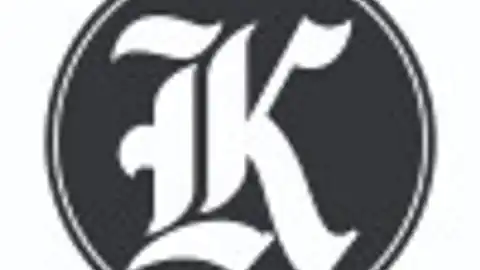The Kenyan private sector growth moved towards stagnation in the month of February with the Stanbic Bank – HIS Markit Purchasing Manager’s Index posting its lowest reading since the inception of the series in January 2014, the latest PMI survey has shown.
Weighing on the headline index was a fall in output albeit marginal while growth in new orders eased to the second-weakest in the series history. Employment meanwhile increased only fractionally, which contributed to a further rise in backlogs of work. Firms raised their input buying at a modest pace to cater for an increased volume of new orders. Output charges rose only slightly, to reflect efforts at some firms to stimulate demand despite a further increase in input costs.
At 50.1 in February, down from 52.0 in January, the seasonally adjusted PMI signaled broadly stagnant business conditions. Notably, the index reading was the lowest seen over 38 months of data collection.
“As we pointed out in our previous report, the ongoing drought and decline in private sector credit access will inevitably lead to deterioration in business conditions within the Kenyan private sector. This month’s historic low reading is symptomatic of these risks that we are flagging,” said Jibran Qureishi, Regional Economist E.A at Stanbic Bank.
“In addition, potentially higher input costs over the coming months could also hinder the private sectors progress. More importantly, the long rains season beginning in March will be pivotal for the agricultural sector, and in the event that the rains are inadequate, we may potentially see an entrenched slowdown within the business operating environment,” he said.
Related; Kenya Feb Inflation Rate Hits Highest Level Since June 2012
The fall in the PMI index was partly driven by reduced output, which declined for the first time since the inception of the survey in January 2014, albeit only marginally. Fewer than expected sales and cash shortages among clients were cited as the key reasons behind lower output.
Moreover, data indicated that growth of new business eased to a 17-month low, though marked overall. This was despite a stronger increase in new export business in February, which reportedly occurred due to increased international demand and expansion into new export markets. With growth of new business outstripping that for output, backlogs of work continued to rise markedly, with cash flow difficulties contributing to greater amounts of unfinished work. At the same time, employment rose at the joint-weakest rate on record in February, rising only slightly overall.
On the prices front, output charge inflation eased to a four-month low as firms’ abilities to pass on higher input costs to clients were restricted due to efforts to stimulate customer demand. Greater market prices for raw materials were reported to have driven input costs higher, while staff costs also rose in February.
What is PMI?
The monthly PMI measures the performance of agriculture, mining, manufacturing, services, construction and retail sectors and is derived from a survey of 400 companies. The Manufacturing Purchasing Managers Index is based on five individual indexes with the following weights: New Orders (30 percent), Output (25 percent), Employment (20 percent), Suppliers’ Delivery Times (15 percent) and Stock of Items Purchased (10 percent). A reading above 50 indicates an expansion of activity compared to the previous month; below 50 represents a contraction; while 50 indicates no change.





